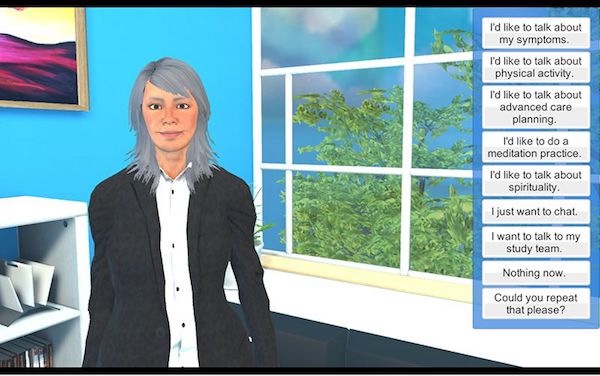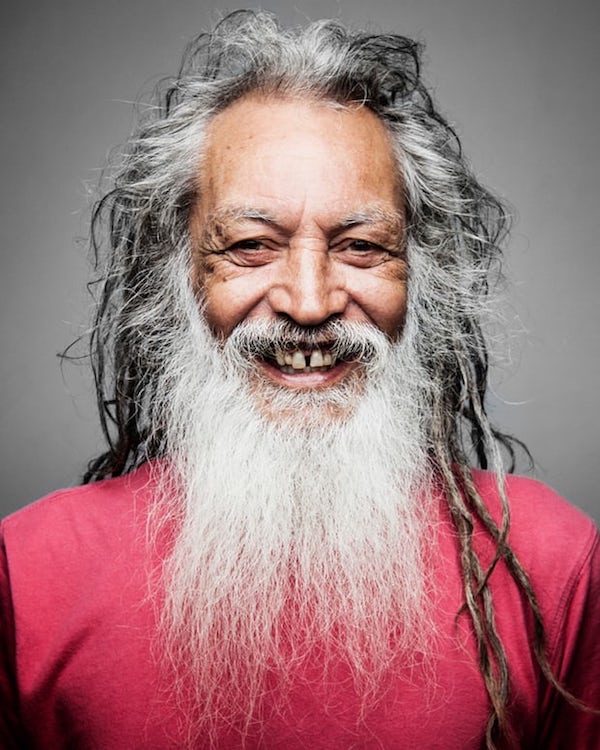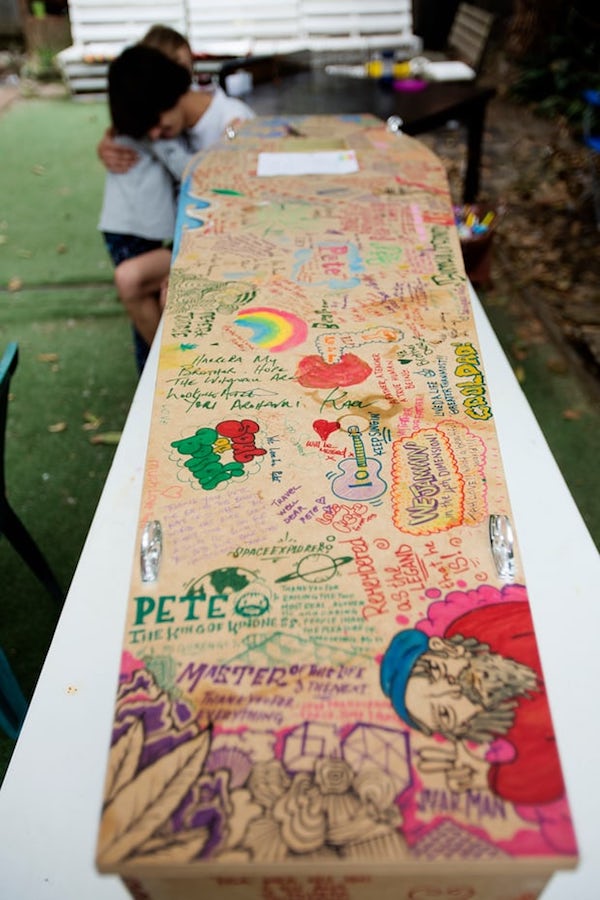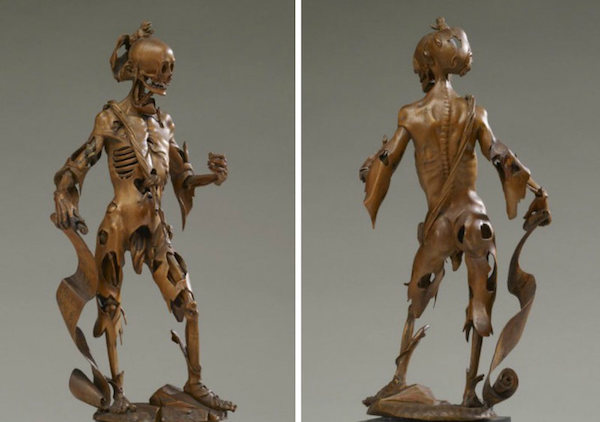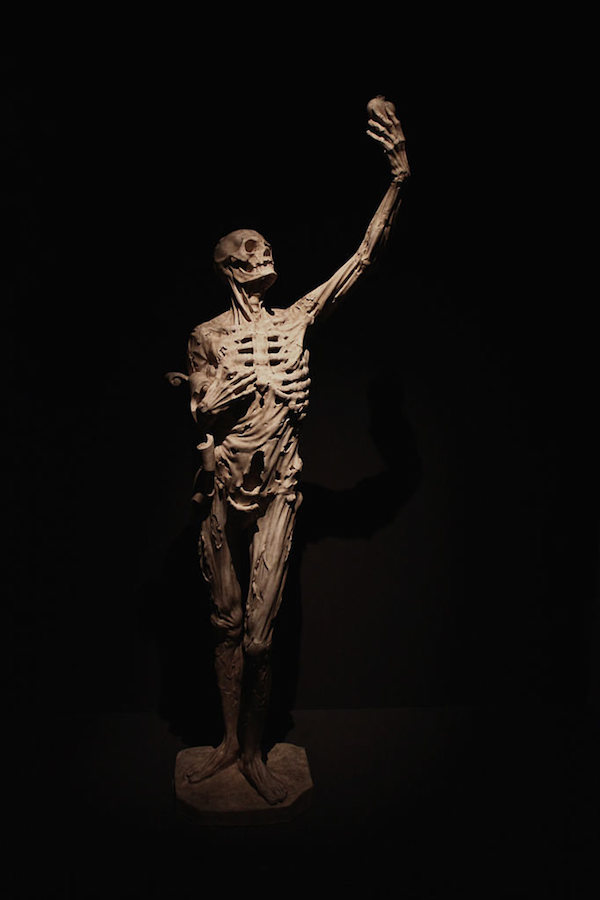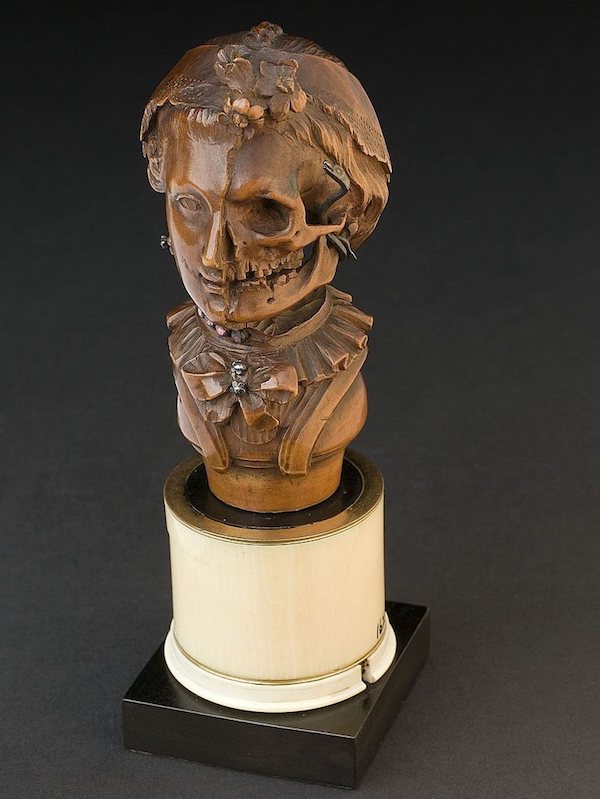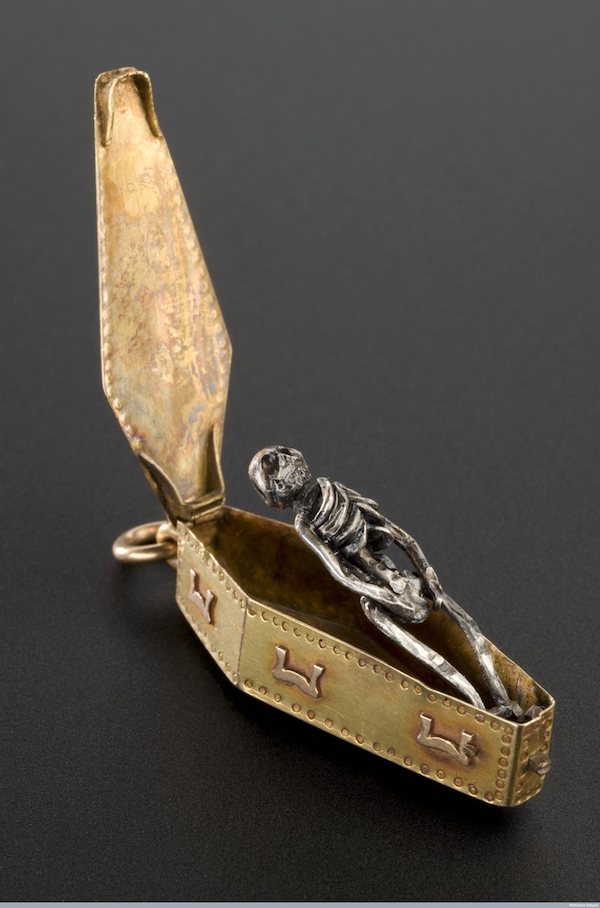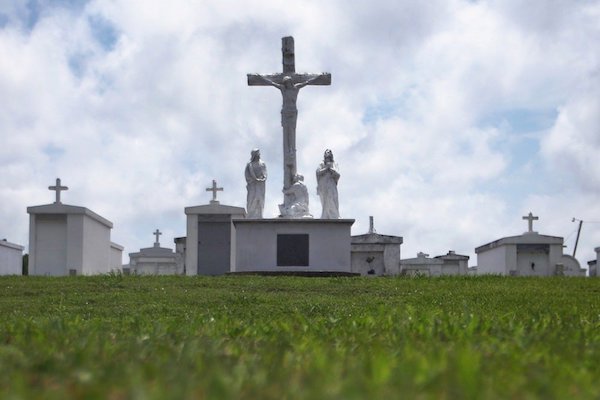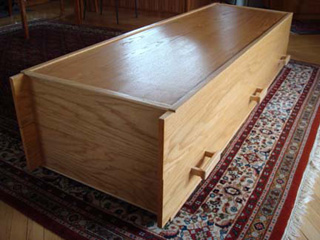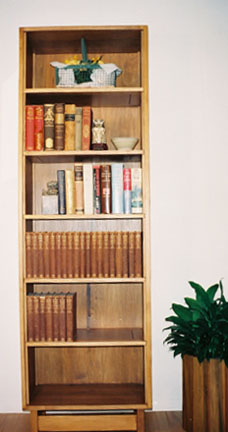
By Veenu Sandal
[B]ibi had always been strong and robust and even when she sustained injuries in dog fights, she would bounce back to her normal spirited self very quickly. Her unexpected, untimely death on the 26th of this month, just a day after Christmas caught everybody unawares. Everybody—except Tutu, one of my gentlest dogs often called the Dalai Lama by many people. On the 22nd, four days before Bibi died, Tutu had given her the “once-over”, sniffing her from head to tail and he obviously sniffed death because thereafter he detached himself from Bibi and behaved as if she didn’t exist, something he’s done each time he’s sensed death. I’d witnessed Tutu’s verdict but subconsciously in an act of self-denial, chose to ignore it. If one factors in Tutu’s “once-over”, Bibi’s death was not really untimely.
Incidentally, out of all the dogs with me at present, Tutu is the only one who can sense death several days in advance, an ability, gift, prescience, call it what you will, he seems to have inherited from his parents. Across the world, there are innumerable documented instances of dogs unerringly sensing death not only amongst themselves but amongst humans and other animals too. Cats too have the power to discern the approach of death well in advance.
Geriatrician David Dosa has written a book, Making Rounds With Oscar: The Extraordinary Gift of an Ordinary Cat. Oscar, said to have “predicted” more than 100 deaths, is internationally famous, having featured on Discovery Channel and other prestigious platforms. According to Wikipedia, “Oscar is a therapy cat living in the Steere House Nursing and Rehabilitation Center in Providence, Rhode Island, U.S. since 2005… Oscar appears able to predict the impending death of terminally ill patients by choosing to nap next to people a few hours before they die. Hypotheses for this ability include that Oscar is picking up on the lack of movement in such patients or that he can smell biochemicals released by dying cells…”
Do animals also know when they themselves are going to die? Jennifer Coates, a house call veterinarian specialising in end-of-life care, wrote a few months ago, “From elephants who grieve for the loss of a herd member to whales who won’t leave their dead babies behind, many species react to death in much the same way that people do. But are animals able to understand that they are going to die themselves? That is a different, more existential question…”
Coates has witnessed several instances when it seems as if a pet has chosen the “right” time to die. She wrote, “I believe my own dog, Duncan, may have had a sense that his end was near…”. Several of my dogs and cats have been aware in advance of their own deaths too. 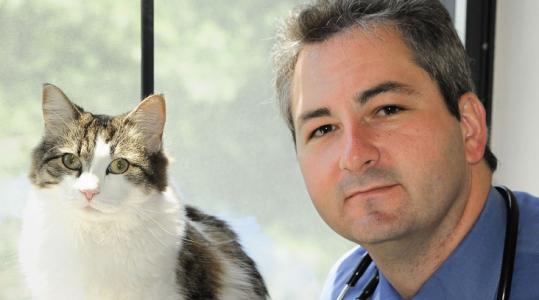
Sensing death is not confined to dogs and cats. Karen Briggs, an equine expert who has authored six books, reveals that “… much of the information horses receive about their world is gained through their sense of smell… While we are vision-oriented,… horses rely far more on chemical messages in the air…Many trainers over the centuries have agreed that horses also seem to be able to recognise the smell of death, sometimes reacting suspiciously to a spot where another horse has died, sometimes for months or years after the animal perished…”
In a blog in the Huffington Post, Georgianne Nienaber has written about horses from a paranormal perspective. “None of it makes much ‘scientific’ or even theological sense, but the special energy of the horse is an undeniable fact. Call it what you will: soul, energy or electrical waves that can be measured by machines, something powerful and healing resides within ‘Suŋkawakaŋ’ the horse…How do we explain stories told by the Dakota 38 Memorial Riders about ghost horses seen in the tree lines along the 330-mile route from the South Dakota Lower Brule Indian Reservation to Mankato, Minnesota during the winter storms of December? The annual ride remembers the hanging of 38 Dakota American Indians by order of Abraham Lincoln in 1862. It is not commemoration, it is remembrance, and the spirit horses watch over the riders on this dangerous journey of witness…”
Birds too can sense death, their own and that of others. My aunt had a very close bond with her pet geese and fed them their first meal of the day with her own hands. That fateful day, they refused to eat and were strangely quiet. Had they all picked up some infection, she wondered. She went back to the house to call the vet and had barely walked through the doorway when she collapsed and died. Her geese had picked up not an infection, but the intimation of death.
The UK Telegraph carried fascinating findings in the USA on golden-winged warblers—tiny, delicate birds weighing just nine grams, or about as much as a palmful of coins, which showed that yet somehow they knew a massive storm system… was on its way one to two days in advance, and fled. According to ecologist Henry Streby, “When the birds flew off, the storm was still hundreds of miles away, so there would have been few detectable changes in atmospheric pressure, temperature and wind speed. The warblers in our study flew at least 1,500 kilometres total to avoid a severe weather system…” Scientists think that this sixth sense that birds possess has to do with their ability to hear sounds that humans cannot. Birds and some other animals have been shown to hear infrasounds, which are acoustic waves that occur at frequencies below 20 hertz.
With so much evidence about extra-sensory perception and other world connections in dogs, cats, horses, birds and other animals, how is it that we humans, supposedly the most advanced species, lag so far behind, particularly in sensing death? There are Freudian theories, Jungian therories and the like, categorical scientific findings and theories like “They can see and hear things that humans cannot”. And yet there are many recorded instances of humans who sensed death. So is it that most times we humans are so immersed in materialistic pursuits that we fail to detect other world signals? Or is it that we subconsciously choose to remain in self denial, like my own self denial when Tutu “declared” that Bibi’s time was up? In Nienaber’s words, “Science, belief, and experience can be reconciled… A question answered with a question requires meditation and connection with what is unseen and unknown…”
Complete Article ↪HERE↩!

